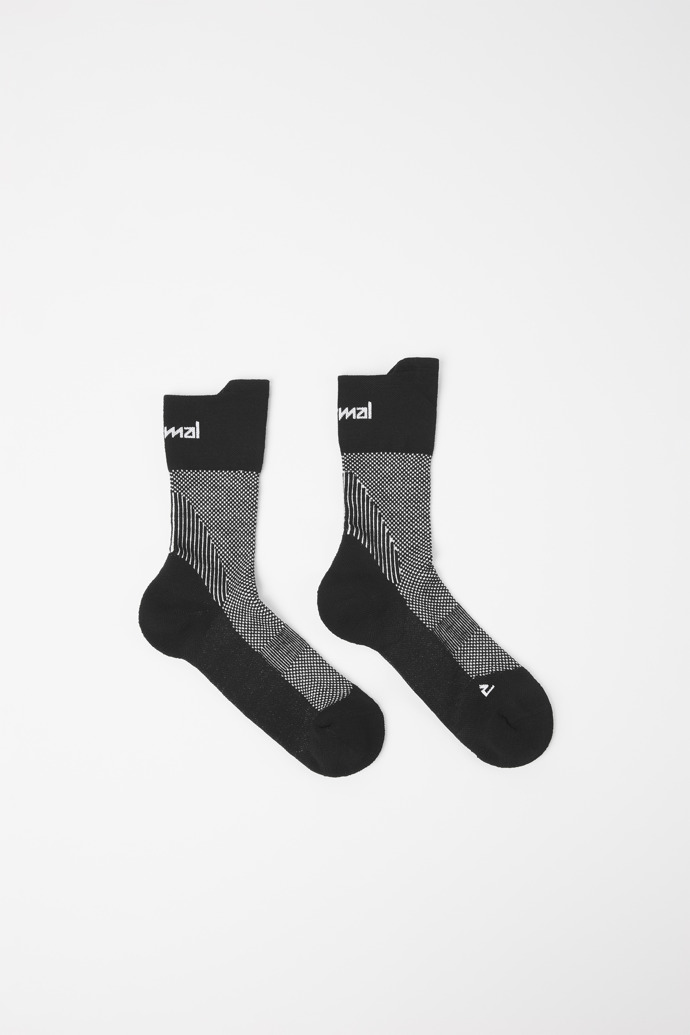
Hiking clothes: must-haves for the mountains

Supported by Emilie Forsberg
Choosing the right outdoor hiking clothes is crucial to ensure a safe and comfortable experience in the mountains. Whether you're exploring forest trails, ascending majestic peaks, or facing challenging terrains, having apparel that is specifically designed for hiking can make the difference between an unforgettable adventure and an uncomfortable experience.
In this context, we'll explore the essential elements of hiking clothes, detailing the key features these garments must possess to provide protection against variable weather conditions and offer the necessary functionality to face the challenges presented by the mountain. From base layers to technical jackets and specialized accessories, we'll discover how to choose and use these essentials to ensure that every step in the mountain is accompanied by comfort, safety, and style.
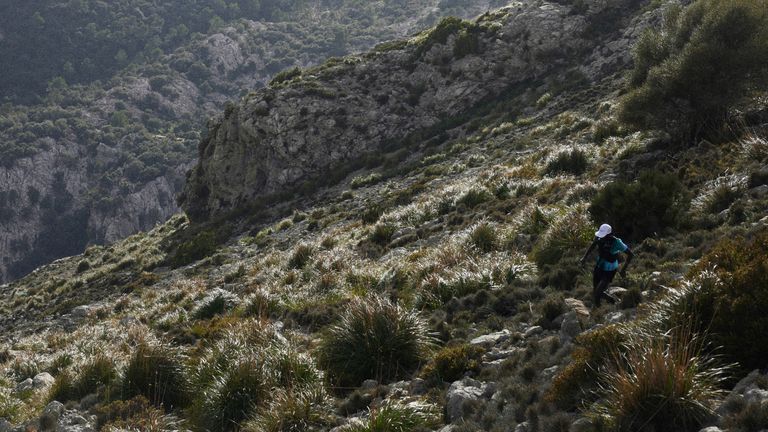
How to Dress for Hiking
Proper preparation for a day of hiking is key to fully enjoying the outdoor experience. Learn how to select the perfect attire that ensures comfort, safety, and style at every step of your journey through nature. Before exploring the hiking clothes options available, we must be clear about several aspects, for instance, how many layers should I count on before starting any route:
A Breathable Base Layer: The initial layer is in direct contact with the skin and functions to remove moisture from the body. Generally, these garments are made with fabrics that facilitate breathability to keep the body dry. Additionally, these water-repellent materials dry quickly, ensuring an appropriate body temperature. Avoid cotton t-shirts, as they absorb too much moisture and take considerably longer to dry.
A Second Layer for Warmth and Ventilation: The primary function of the second layer is to maintain body temperature. Fleece coats, quilted jackets, and sweaters are made with synthetic materials that provide thermal insulation against the cold. This layer is not only breathable and insulating but also helps to expel moisture from the base layer to the outside.
An Outer Layer to Protect You from External Conditions: The outer layer acts as a defense against elements such as wind, rain, or snow. Made with fabrics that have a waterproof or windproof membrane, this layer also acts as thermal insulation. The main goal is to prevent air from penetrating the jacket, thus ensuring heat retention so you can fully enjoy your excursion in the mountains.
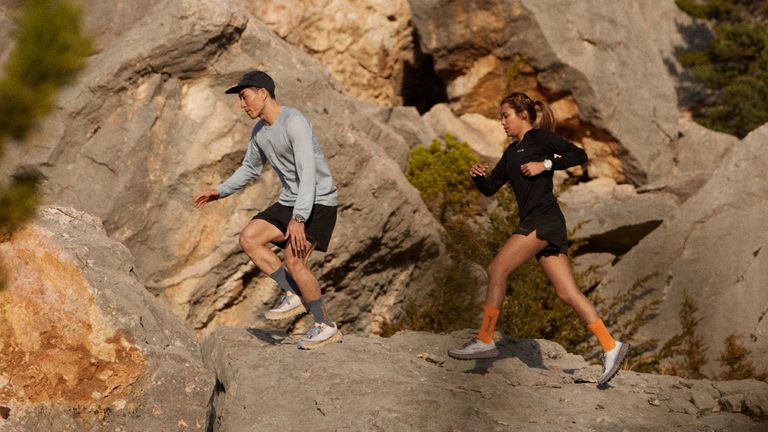
What Do I Need for Hiking?
Ready to embark on an exciting on-foot adventure? If the answer is yes, you're on the right path. Now is the time to select your trekking and hiking clothes and complete gear. In many cases, the choice of equipment will depend greatly on the weather conditions, which is why we have compiled a list of mountain essentials; for both summer and winter. Lace up your boots, pack your backpack, and let's start the journey!
Summer Hiking Apparel:
Breathable Short Sleeve Shirt:Avoid using cotton clothing to prevent excessive sweating. Use short-sleeve breathable shirts for improved performance during your hikes.
Shorts: It is advisable to use technical materials, meaning those more resistant to falls or scratches from the environment. NNormal shorts are the perfect combination of comfort and safety.
Long Pants: Only depending on the weather and altitude.
Summer Socks: Allow for better breathability.
Fleece: Only in cases of high-altitude routes. As the altitude increases, temperatures drop. Always carry one in case of a significant drop in temperatures.
Raincoat: Protects against elements like rain or wind. It is very light and essential. Always carry on all routes.
Sun Hat: In the hot months, it is essential to protect oneself to avoid sunstroke. Caps are an indispensable accessory for anyone accustomed to hiking or outdoor activities.
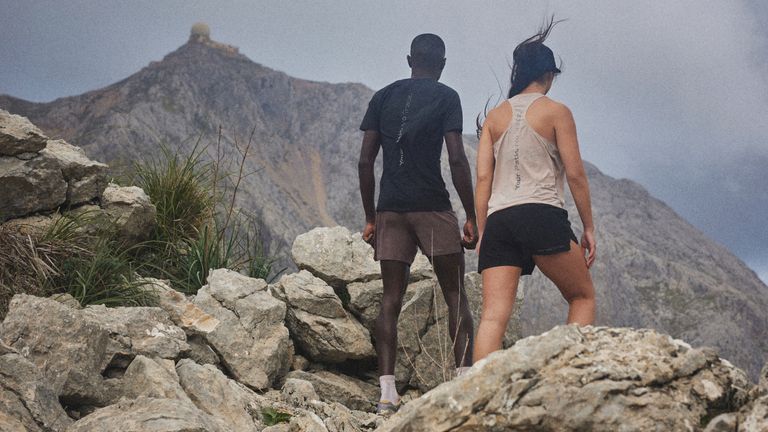
Winter Hiking clothes:
Breathable Thermal Shirt: Preferably with Waterproof technology and merino wool, for its breathability and great heat retention capacity.
Polar Neck Gaiter: Essential to protect the face and neck from possible cold gusts.
Fleece: With low temperatures, fleece is the best ally to fight the cold on our hiking routes.
Waterproof Jacket: To prevent penetration of rainwater, snow, or other adverse atmospheric conditions.
Long Pants with Inner Lining: Essential to keep our lower part warm. Water-resistant ones are much better.
Thick Winter Socks: To keep our feet warm. It's very important to take good care of our feet to avoid complications during the route. Using merino wool socks is even better for the cold winter months.
As we explore the essential hiking clothes, it's clear that each clothing choice plays a crucial role in the experience. From breathable shirts to waterproof jackets, each piece contributes to the comfort and safety of the adventurer. At NNormal, we trust in the quality and innovation of our mountain gear. NNormal not only offers garments designed to face the challenges of the natural environment but also seeks to provide outdoor sports enthusiasts with reliable and functional solutions. By prioritizing aspects such as breathability and durability, we ensure that each step in the mountains is an extraordinary and safe experience. You now know the essentials for enjoying the mountains… Check out our hiking apparel catalog to get everything you need. What are you waiting for? With NNormal, you will experience the mountain to the fullest!
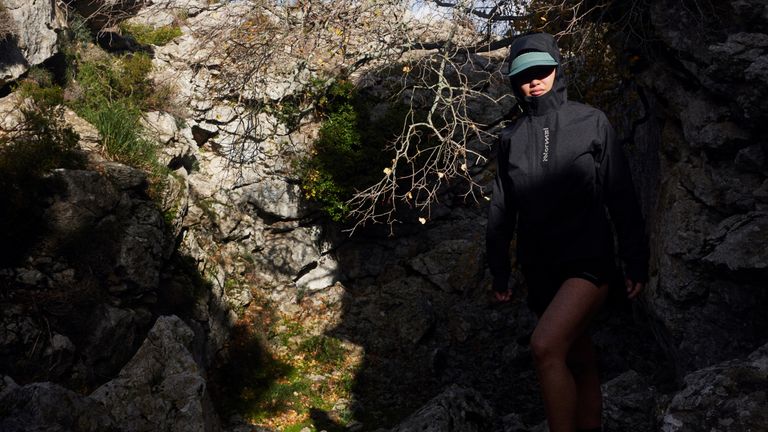
Photography: Nick Danielson
Share with a friend
